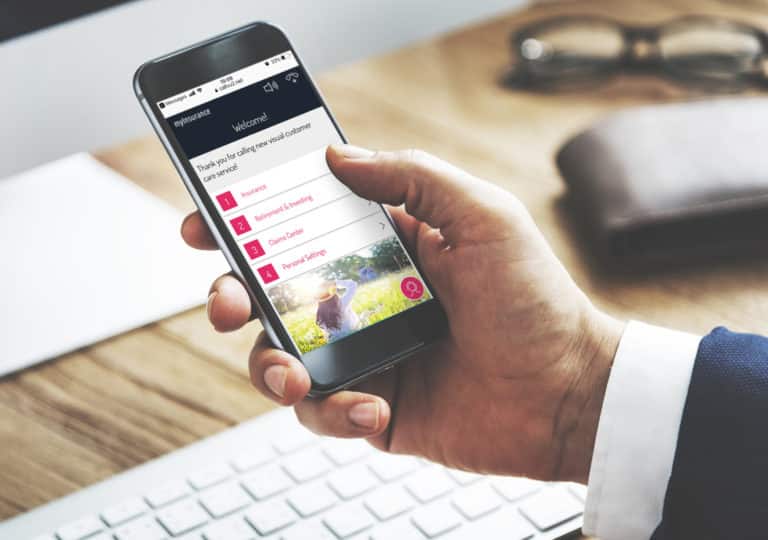Choosing a Digital Self-Service Development Platform (Part 2 of 2)
The first post on this topic discussed the first three steps of the process of choosing a new digital self-service development platform. This post offers the second three stages,
4. Meet with Your Shortlist
Time to schedule calls and meetings. Make sure to involve the full team of internal stakeholders. Share your challenge, needs, and technology requirements with each vendor and ask them to address them in the meeting. Be sure to ask each vendor how many internal people and what types of skills will be required to build, deploy, and manage Digital Self-Service experiences. Additionally, ask vendors about their product roadmap.
Innovation teams should work with companies innovating for the future. Look for platform-centric roadmaps that aim to deliver integrated, modular capabilities along with development tools to promote rapid innovation. This will ensure you can tackle both immediate and future CX challenges. Here are some questions to consider:
TECHNOLOGY
- What is the time-to-market for our initial digital self-service product? What about subsequent updates and new use cases?
- In what channels can your platform deliver digital self-service – web, app, chat, phone, SMS, email, IVR?
- How easy is it to integrate Digital Self-Service with my core customer systems like CRM, service desk & contact center?
- Do they offer the necessary security and compliance capabilities for your industry?
- Do they support secure forms, esign and payments? How easy is it to migrate PDF and paper forms to digital self-service?
HUMAN CAPITAL
- Does the platform require skilled developers and/or data scientists? Remember that there is likely a shortage of those developers in your organization and, indeed, worldwide.
- Will it be difficult to staff against those requirements? This is a big consideration for any development team.
- What time, costs and internal development resources are needed to build and deploy new digital customer service use cases?
- Is the solution easily adopted by internal teams and customers? Is there solid training and documentation?
- How easily will their solution fit into your existing operations and processes? How severe is the behavior change required?
- What is the level of implementation and ongoing support? Do they have resources ready for your implementation right now?
5. Make Your Choice & Begin Implementation
Hopefully, you have found a platform that can bring your Digital Self-Service vision to life. Have your internal team review the vendor’s proposed timeline to ensure your people can provide the necessary resources and inputs to hit target launch dates.
Establish a working timeline that reflects both internal and external resource availabilities. Projects without timelines often stretch out. Be conscious of scope creep. Changes in scope are often necessary, but you can minimize them with careful planning. Focus on the core use cases you initially identified and do your best to keep both the internal and vendor teams aligned to deadlines. Digital Self-Service is always a cross-functional effort. Keep all stakeholders engaged with regular communication.
6. Revisit After Implementation
After you have deployed, take the time to review product performance in the context of your original goals and needs. Are goals being met? Success and failure standards can help you determine if a particular solution is getting the job done. If it is not, identify the roadblocks and work with vendors and internal teams address them.
Look for new opportunities to optimize the experience. Identify new use cases that should be offered through Digital Self-Service. Meet with your vendor periodically to discuss other areas they can address and new feature releases.
Platforms that allow you to solve your immediate needs while laying the groundwork for faster, more nimble Digital Self-Service development later will ensure the greatest long-term results for your business.
Consider FICX for Your Digital Self-Service Dev Platform
FICX is a leading “No-Code” Digital CX Platform. With FICX, teams are empowered to replace slow, problematic customer journeys with simple, intuitive digital experiences that are easily surfaced anywhere in the customer journey. By unifying core CX components and customer engagement capabilities on a single, secure, API-first platform, FICX allows CX teams to remain agile and innovative while reducing or eliminating demands on IT.
For more information visit our website and request a demo.





